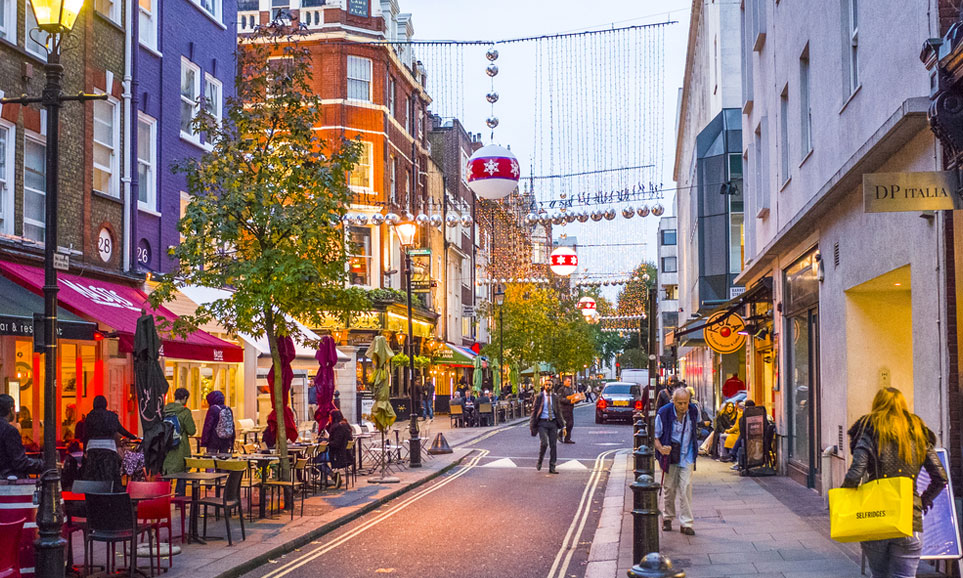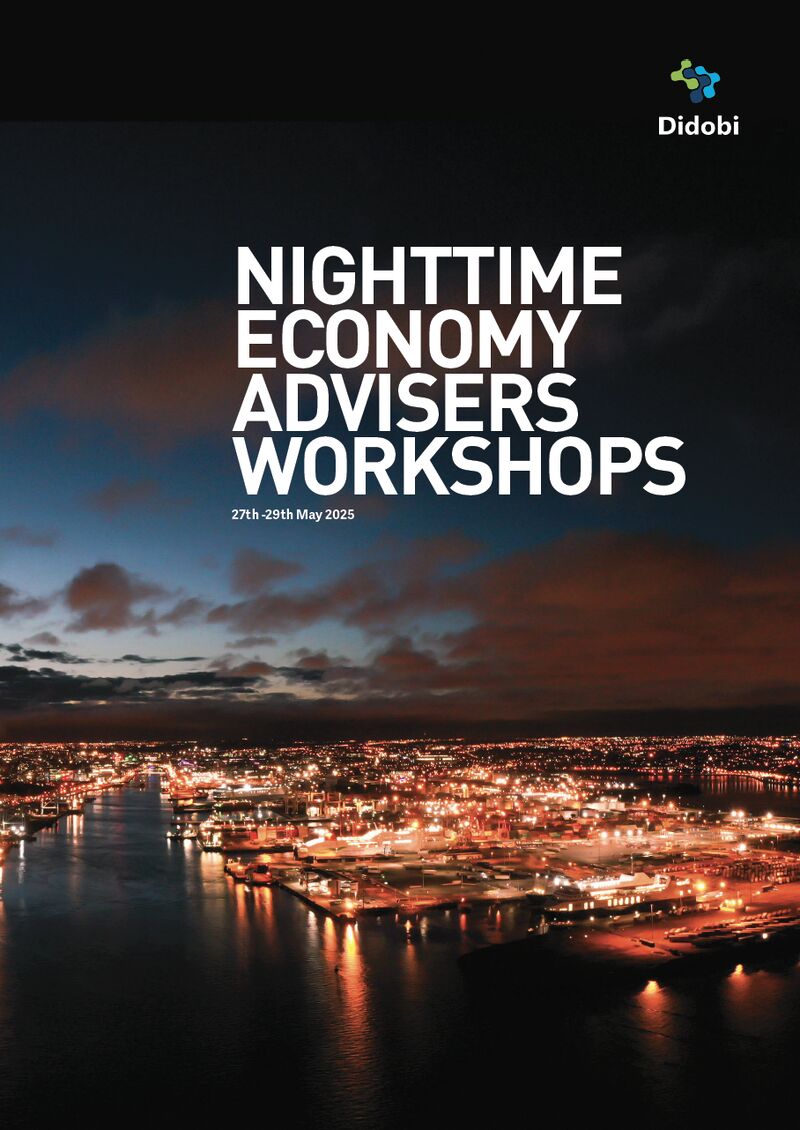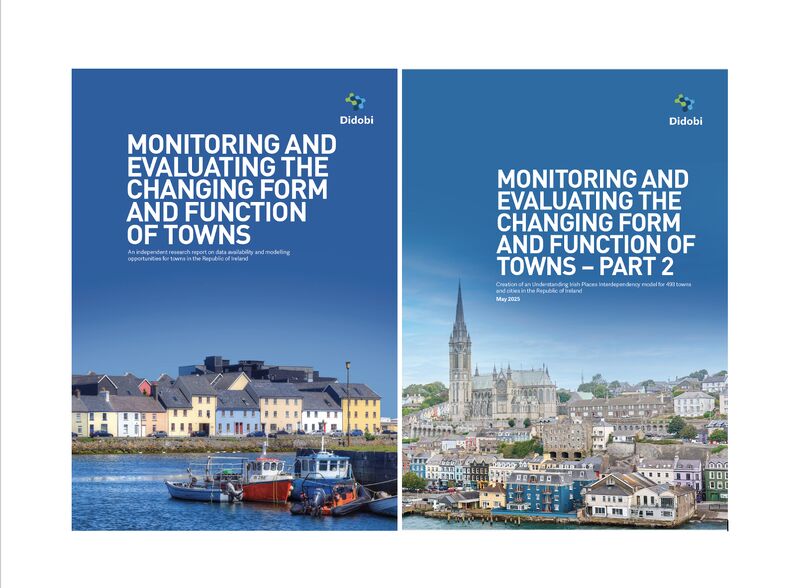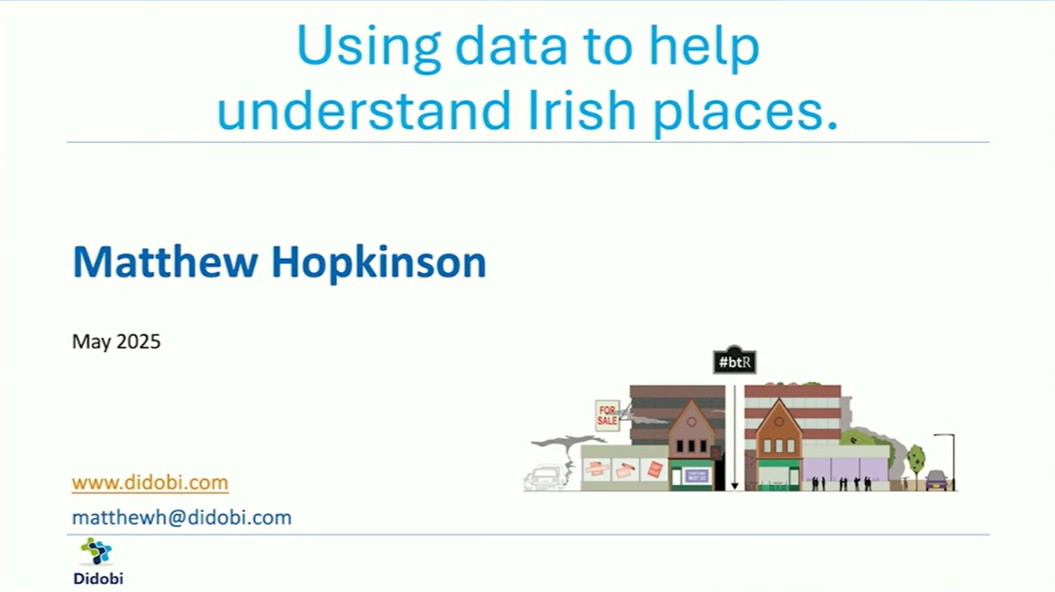
Building Back Better with food and drink: a roadmap for town centres and high streets
In this blog from Mallika Basu, Didobi Associate and Founder of Basu Consulting, she discusses why there’s no better time than now to whet our appetite about how food and drink can inject fresh flavour into our town centres and high streets.
The hospitality sector has long-represented the heart of the community, an important part of the social fabric that binds people together and fosters a sense of togetherness. It is a champion of enterprise, bringing passionate people together to promote a better quality of life. In fact, food and beverage are a key ingredient of the community hub model proposed by the Grimsey Review, taking focus away from a retail-centric approach to shared experiences and a sense of belonging.
Saying that, the sector is not without its challenges and these are well documented. A climate of uncertainty hung over food and drink establishments like the Sword of Damocles well before the pandemonium unleashed by the pandemic. Some 59% of hospitality businesses in the UK are now at risk of failure over the next three years, according to grim analysis in the Grimsey Review’s Covid-19 supplement for town centres. Another 27% (13,200 hospitality companies) are zombies, it says, with a combined deficit of £2bn.
While food and drink may be under unprecedented pressure, the sector has a vital role to play in the government’s Build Back Better ambition and the movement for better towns and high streets. Shop local, work from home and the broader rise in the localism agenda mean greater community engagement. People may be shopping online, but they are reconnecting with what’s near and dear to them, in their local areas. Food and drink businesses in the sector have responded with a wave of innovation, diversification and fighting spirit.
The Kent coast is a fine example of where local enterprise, tourist boards and influencers have kept interest in food and drink, front and centre of the destination. Broadstairs, for instance, has a new bakery, with queues spilling out onto the street, and four new coffee shops from previously chain-led offers. The seafront restaurant Wyatt & Jones had a “Covid baby” in the form of a fish and chip pop up called Flotsam and Jetsam that has gained local fans as well as several from further afield.

The renewed interest in staycations also positions food and drink at the centre of destination marketing. Work has commenced on Southport Market, for example, a £1.4m million transformation of the town centre market site into a contemporary food, drinks and events space. With opening scheduled for Spring 2021, Sefton Council quite rightly views the development as a cornerstone of the Southport Town Deal and beyond giving visitors a reason to stay and stay, around the year.
As for the sector’s huge contribution to communities and social justice – you only have to look at the free school meals movement led by the unlikely hero Marcus Rashford, not forgetting the meals support provided by many food businesses to the NHS, many struggling themselves.
At Didobi, we have a three-step model to develop and deliver a winning food and drink strategy for town centres and high streets:
- 1. Audit
- 2. Analysis
- 3. Action plan
1. Audit
In the audit phase, we use robust research to explore the current situation, explore ambitions, placing both within the context of broader trends and external factors. #SeekToUnderstandBeforeBeingUnderstood

Situation
We start by using existing data and research to analyse the state of play, looking at:
- – Town profile
- – Footfall and visitor demographics
- – Demand in terms of demographic, socio-economics
- – Benchmarking with relevant centres
- – Local stories/industries/agriculture
- – Asset mix and demand – independents vs. chains
- – Events
- – Recent learnings, e.g. diversification of offers, success of chains vs. independents etc.
To bolster this, we will conduct a perception audit with mystery shopping and stakeholder workshops on:
- – Current positioning and insights
- – User experience (mystery shopping)
Bringing the local community into delivering the ambition will be a key element of the current situation analysis. For instance, looking at local and national initiatives to help the disadvantaged or underprivileged, e.g. homeless, veterans, refugees, underemployed, and bringing them into delivering the vision.
Ambition
We’ll then look at the vision for the destination through existing insights and focus groups with key stakeholders, including:
- – Projected growth of in resident, visitor and worker populations
- – Desired footfall and profile of visitors
- – Story, narrative and positioning
- – Sectors/industries to promote/attract
- – Competition + SWOT (Strengths Weaknesses Opportunities Threats) analysis
Having a realistic a vision which is engaging, energising and easily visualised is key to getting local communities on side.
Context
As part of the first phase, we’ll also look at wider external trends that provide a backdrop for future development and investment. These include:
- – Travel and lifestyle trends
- – Food and dietary trends
- – Socio-political and cultural factors
- – Political developments
2. Analysis: The Sweet Spot
Once we have the insights and information we need, the task is then to map ambition to reality, identifying a clear route from where we are today to where we want to go and highlighting gaps and potential issues on that journey.
This stage of our work identifies how the food and beverage offer can:
- – Leverage history and heritage
- – Align with trends and development in the external environment
- – Link the current to the future in a way that is authentic and unique
3. Action plan
Based on the analysis, we make recommendations on how to develop the food and drink offer at the heart of the town’s vision. Our recommendations will look at how to:
- – Accelerate the existing offer through better storytelling, digital and social marketing
- – Attract new operators by packaging up a compelling story on the potential of the destination and the existing food and drink community
- – Tell the story better to engage the community and attract visitors
We provide tiered recommendations looking at the asset mix from a town council and destination marketing perspective, advising on key partnerships, events and communications strategies. We also advise on the food and beverage players themselves, looking at how they tell their stories, diversify their offer and digitise their operations and communications to drive customers and fans. If needed, training modules and workshops can be provided on better storytelling, digital and social engagement, media and influencer outreach.
The recommendations are presented to key stakeholders to secure buy in and identify next steps. They can be used as a standalone piece that focuses on hospitality specifically or sit within a wider review of the town centre or high street. Either way, it will offer a glass half full view of the enormous potential for food and drink to unlock the potential of Britain’s town centres and high streets.






Leave a comment: